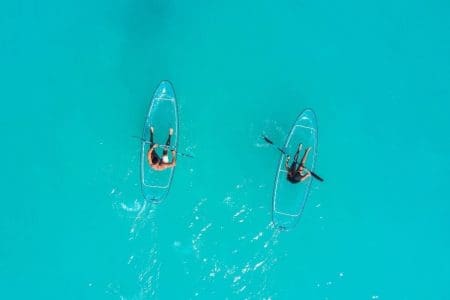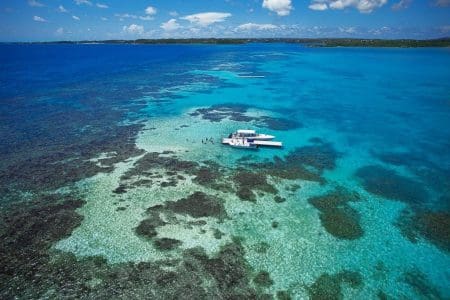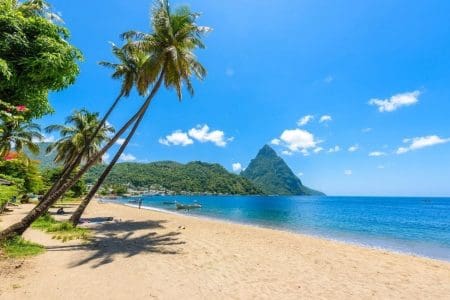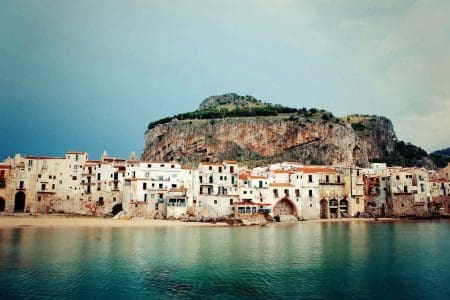Croatia’s long coastline and the historic city of Dubrovnik has led to the country being tipped as one of the hot spots for 2018, however, as Mark Bibby Jackson finds out there are still some hidden gems waiting to be discovered in the country, such as Zadar Croatia.
Early in 2016, I travelled to Iasi in the northwest of Romania. In truth, I had never heard of the city before my trip and had little expectation upon arrival. What I discovered was a pleasant town full of culture that while not having the makings of a two-week holiday was certainly worthy of a short break. It led me to thinking of how many similar places there are dotted around Europe that the advent of budget airlines has made more accessible.
Zadar Croatia – a step in history
Zadar Croatia is just one such city. Dating back to the 4th century BC when it was founded by the Liburnians, the city has had an eventful history, largely due to its strategic location across the Adriatic from Venice. In the first century it was settled by the Romans, before becoming the capital of the Byzantine state of Dalmatia in the 7th century and then in 1202, it was usurped by the Republic of Venice.
The film director Sir Alfred Hitchcock perhaps with a touch of his trademark deadpan flamboyance claimed this to be the best in the world
As such the narrow streets that snake their way through the tiny peninsula on which the city stands are steeped in history, including ancient city walls, a Roman forum, a plethora of churches and the oldest university in Croatia. Indeed, Zadar has the feel of a university town, especially when the sun shines and the students take to the many bars for a spot of exam revision.
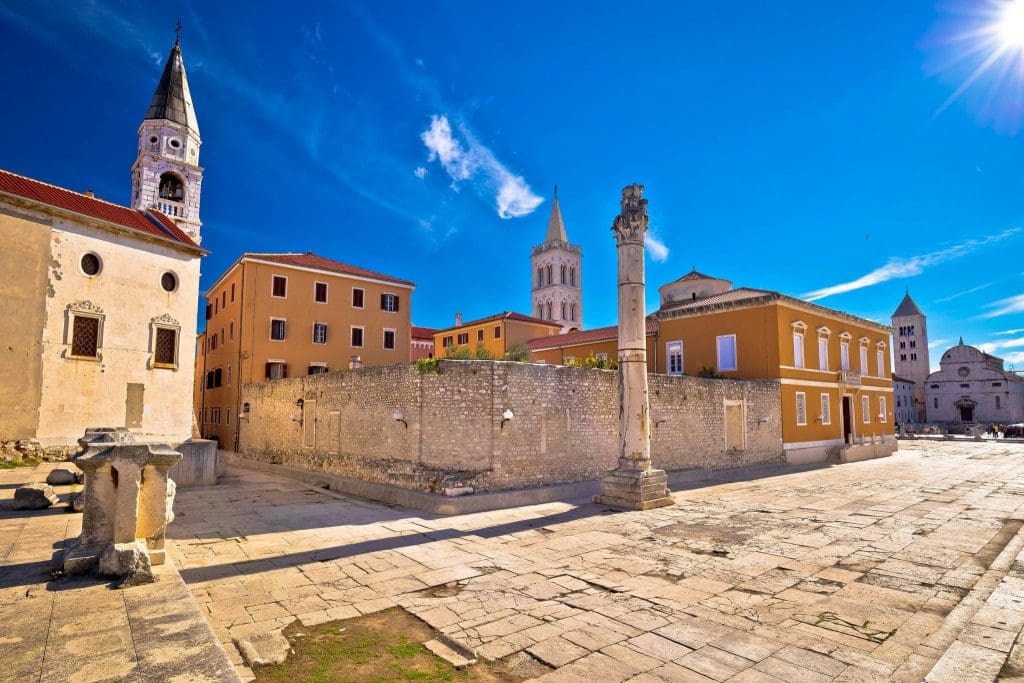
Sadly, the city has also been raised to the ground on several occasions. Dubbed the Dresden of Croatia, most of the city was destroyed by a heavy allied bombing campaign in World War II when the city was under Mussolini’s domain. However, much of the old city has been painstakingly restored and strict planning rules exist to prevent the construction of unsympathetic buildings as occurred in the Soviet era – so some buildings on the peninsula lack air-conditioning – although the odd concrete carbuncle has managed to slip through the net.
In recent years, the city has become more famed for its modern architecture. At the far end of the peninsula, a crowd gathers for the most fantastic sunset – the film director Sir Alfred Hitchcock perhaps with a touch of his trademark deadpan flamboyance claimed this to be the best in the world. Here the Croatian architect Nikola Bašić created the Sea Organ in 2005 by drilling some holes in the promenade which he connected to a series of sub-nautical pipes. As the mix of seawater and air flows through them it produces a relaxing, monotonous bass noise not dissimilar to that created by whales. Each time a tourist boat catches the pipes in its wake, the sound becomes distorted as if the vessel’s captain is conducting an aquatic orchestra.
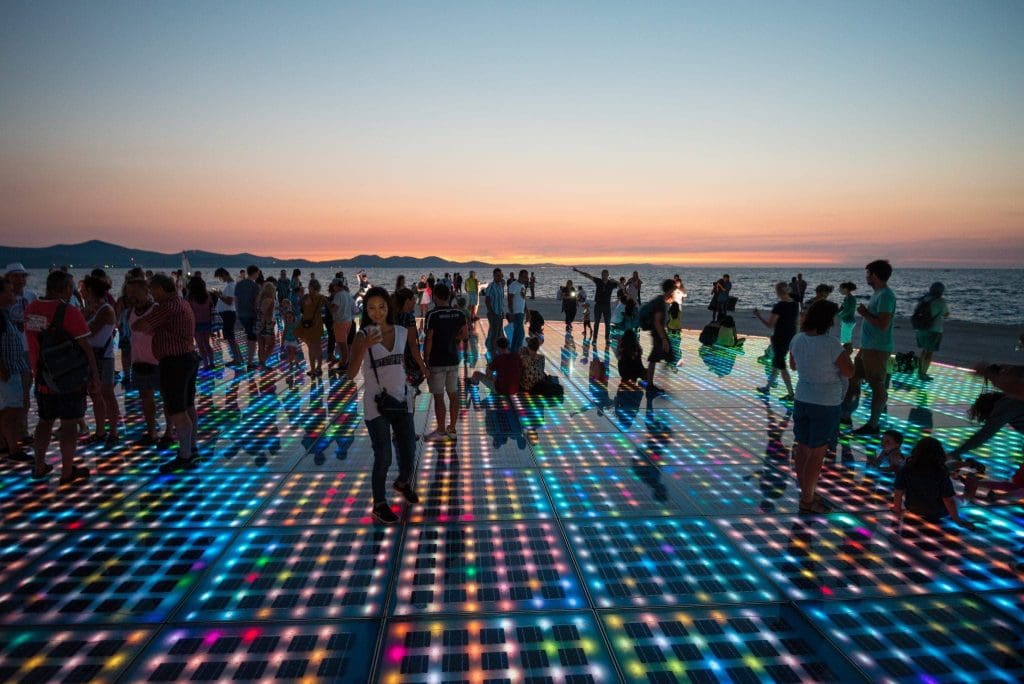
The same architect is also responsible for Zadar’s other standout architectural feature, The Greeting to the Sun. Completed in 2008, it rests a few metres along the front from the Sea Organ. Consisting of some 300 glass plates that double up as solar panels, it collects solar energy during the day and produces a light display on the panels at night. It also generates sufficient energy to illuminate the whole riverfront.
Croatia National Park – Kornati archipelago
Croatia is noted not just for the attractions of its long coastline but for the myriad of islands dotted off its shores. An easy day trip from Zadar lies the Kornati archipelago that consists of some 130 islands, islets and bare limestone rocks rising from the crystal blue waters. Most of the archipelago lies within either Kornati National Park or Telascica Nature Park, and as such is protected from development.
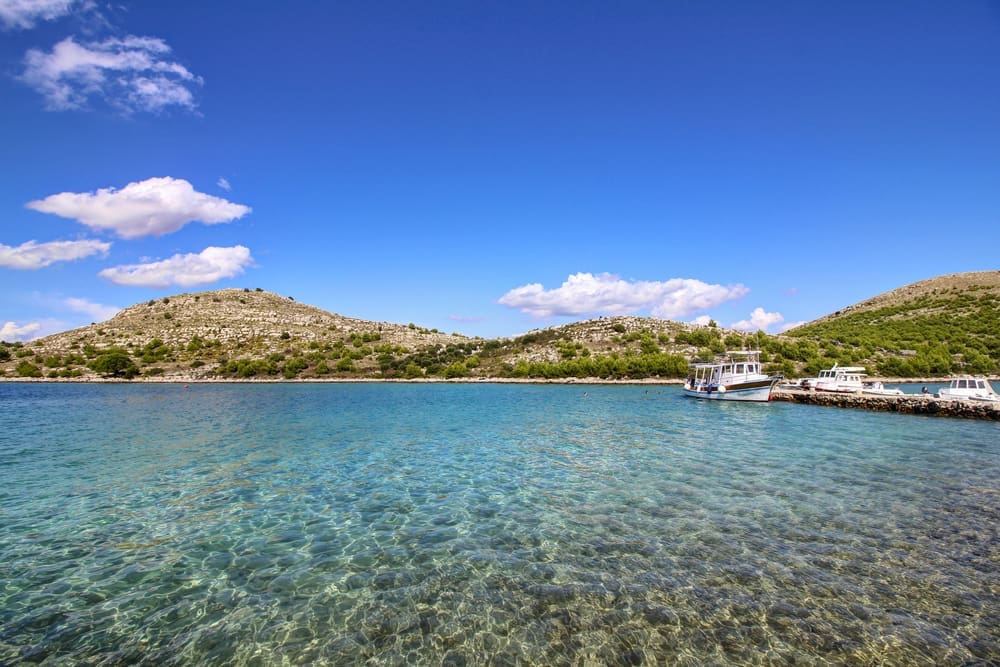
As we set off in our small motorised boat the clouds are heavy – it was the only indifferent day of the trip. We leave the small harbour and enter the clear waters passing the many day-trippers in their larger but slower boats. The view of the cliffs sliding into the sea is quite breath-taking and the dark blue waters most inviting. On a clearer day, we might have been tempted to plunge gannet-like from the cliffs into the depths. Instead we continue our weaving way to the small island of Levrnaka where both a “sandy” beach and lunch awaits.
Apparently Croatians have a different concept of sandy than the rest of the world. The small bay we walk to is covered in rocks, which are themselves submerged beneath local tourists – today is a public holiday. So instead we adjourn to the nearby restaurant, Konoba Levranaka.
As one of the waiters demonstrates lobster feeding frenzy with the unwitting aid of a sea urchin, the rest of the staff prepare a feast of local seafood for us
A konoba is a local restaurant which specialises in local produce. Nothing can be more local than the lobsters bobbing in their pots at the side of the eatery. As one of the waiters demonstrates lobster feeding frenzy with the unwitting aid of a sea urchin, the rest of the staff prepare a feast of local seafood for us. The fare is fantastic, a mixed plate of octopus, various prawns and a tuna carpaccio is followed by a fillet of shark served with the ubiquitous potato and spinach garnish – some things remain from the soviet era.
After lunch, we return to the beach to find the tourist hordes departed and a sub-aqua sandy beach awaiting us once we have managed to navigated our way over the unwelcoming shingle. Possibly the biggest drawback about this part of Croatia is the absence of sand – after all how could you enjoy your Croatia travel trip without a bit of sun, sea and sand – and even when you do discover a decent stretch you will most likely also encounter hordes of sun-worshippers desperately seeking to top up their melanoma.
Croatia Beaches
This is where the Premium Residence Crvena Luka Apartments and Villas, a half-hour drive south of Zadar, comes into its own. Built in the 1960s but recently restored, the resort is set in a blissful bay with gentle waters and sandy beeches, albeit artificially created. Although sometimes promoted as a private beach, it is open to the public, and with many a secluded cove and beach lounger, it really does make a relaxing place to while away a day, or even better to stay. Il Moro has wonderful views across the waters at the end of the bay and the Pizzeria & Bistro Mamma Rosa serves excellent – you’ve guessed it – pizzas.
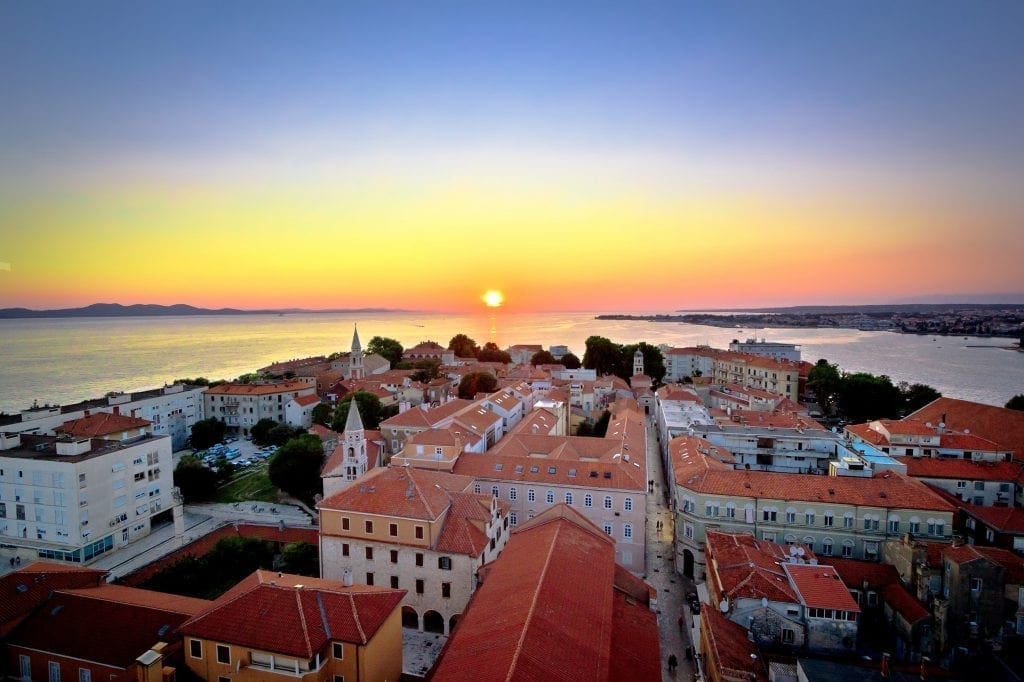
The nearby town of Biograd Na Moru (literally Biograd ‘on sea’) has a pleasant harbour where compliant waiters are keen to serve you ice-cold beer as you enjoy the local catch of the day. Those more adventurous can try the wonderful, local buzara fish soup. It also has a small museum with artefacts salvaged, including a fine collection of Murano glass, from a merchant vessel which sank in these waters in the sixteenth century on its way from Venice to Constantinople. On the second floor, there is a photographic exhibition of the 1991-5 Croatian War of Independence, which serves as a stark reminder that the country’s turbulent history is not confined to the remote past.
The greater I travel the more I realise there is so much yet to discover. My advice to everyone is to visit this part of Croatia’s Dalmatian Riviera before everyone else catches on to the gem awaiting.
Croatia Weather
Coastal Croatia has a typical Mediterranean climate, with hot, dry summers and mild, wet winters. Temperatures can reach the 30Cs in the summer months and fall to around 5C in winter. The best time to visit the country is May and September.
Flights to Croatia
Return direct flights are available to Zadar from London Luton, London Stansted, Manchester and Bristol with Ryanair and Easy Jet.
Time in Croatia
Croatia is GMT / UTC +1 in the winter and GMT / UTC +2 during summer daylight saving.
Croatia Resorts and Hotels
To book a hotel or resort in Croatia, please click here.
For more information about Zadar Croatia Holiday
Visit Zadar Travel.
